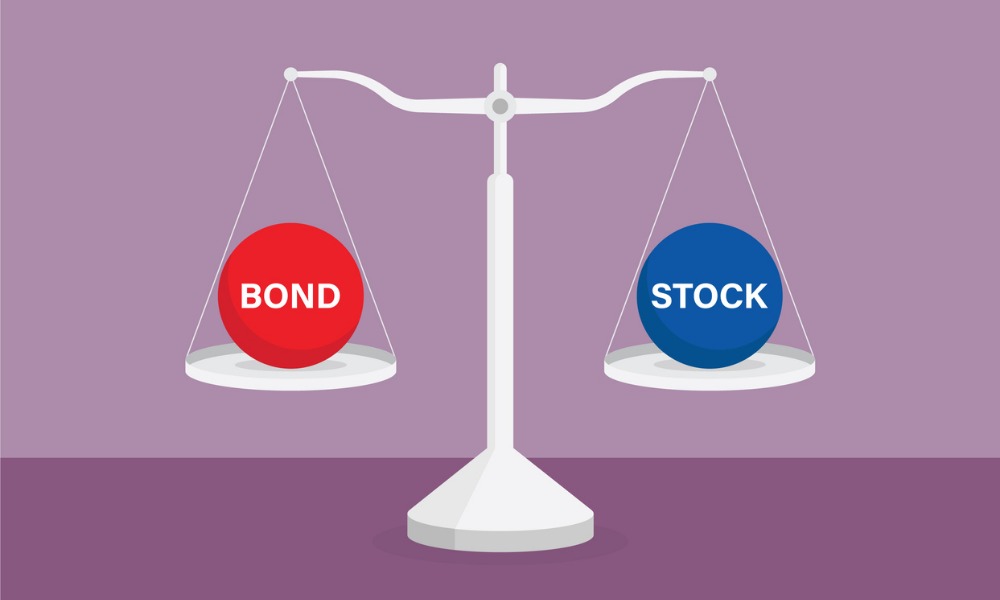Funds with exposure to hybrid fixed-income asset class appear to show good risk-adjusted performance

As the market for convertible securities is seeing record rates of issuances amid the pandemic-influenced market, interested investors may wonder if convertible bond funds are a good investment. And while that’s something only time can tell, a look at what history’s told may offer useful clues.
In a recent piece for the Wall Street Journal, Derek Horstmeyer, associate professor of Finance at George Mason University, detailed an analysis he did of all U.S. dollar-denominated convertible debt ETFs and mutual funds based on returns data from the past 15 years.
With help from two research assistants from the university, Horstmeyer found that funds that invest in convertible debt from U.S. issuers have far outperformed counterparts that target the rest of the world.
“Over the past 15 years, the average European-focused convertible-debt fund has averaged 4.40% return per annum, the average globally focused fund 4.93% and the average Asian-focused fund 5.39%,” he said. “The average U.S.-focused fund, meanwhile, delivered 8.81% per annum over the same period.”
Looking at how U.S.-focused convertible debt funds stack up against U.S. large-cap stocks, he said convertible bonds have done comparatively well in terms of returns performance “while exhibiting lower volatility and crash risk.”
With an annualized performance of 9.52% over the past 15 years, the S&P 500 has outperformed the average U.S. convertible-debt fund by just 71 basis points per year. But over the same period, the large-cap benchmark has exhibited much higher volatility of 14.21%, compared to 10.81% for convertible-bond funds on average.
To get an idea of how convertible debt can help cushion portfolios against downturns in market crashes, Horstmeyer looked at how convertible bond funds performed during the dot-com crash of 2000 to 2002. During that period, the S&P 500 lost 39% as tech stocks went into freefall, but convertible-debt funds shed just 10% on average.
“All in all, the historical data highlight that convertible-debt funds capture much of the upside when equity markets are going up but fall considerably less when markets crash,” Horstmeyer said.



